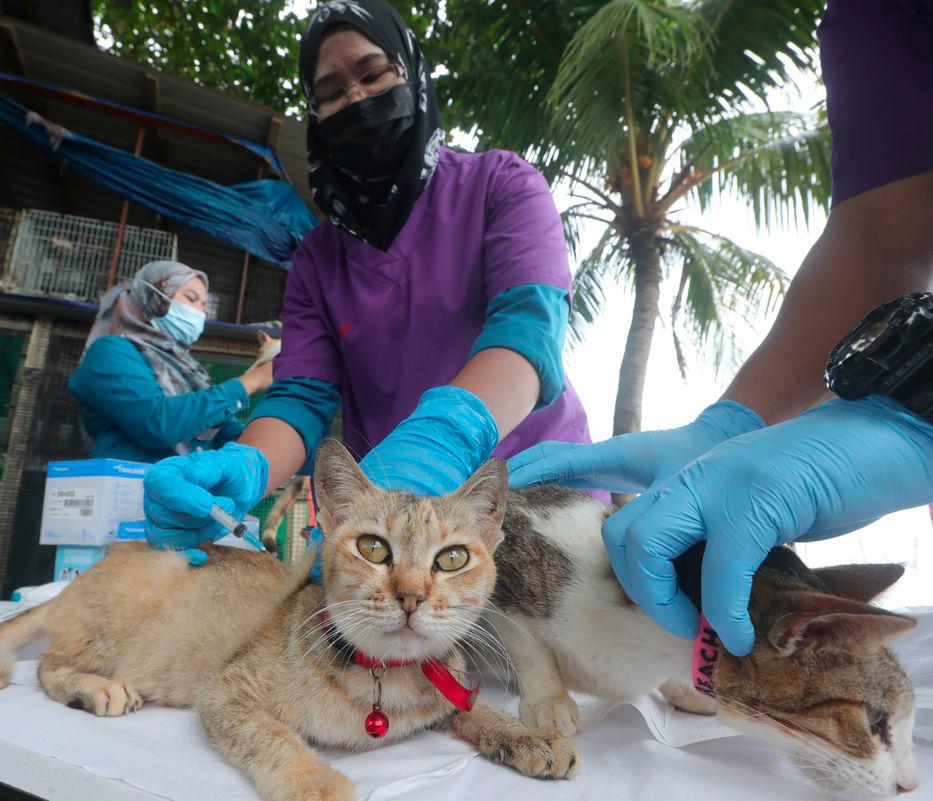PUTRAJAYA: Malaysia is grappling with a serious shortage of veterinarians, with only 2,553 registered practitioners nationwide, far short of what is needed to support the country’s expanding veterinary, livestock and pet care sectors.
Veterinary Services Department (DVS) director-general Dr Akma Ngah Hamid said the latest figures from the Malaysian Veterinary Council (MVC) show that 2,455 veterinarians are registered under Part 1, while just 98 fall under Part 2 of the registry.
Under the Veterinary Surgeons Act 1974, the MVC classifies veterinarians into two categories. Part 1 comprises fully qualified practitioners whose degrees are recognised by the council, while Part 2 includes individuals who have yet to qualify for full registration – typically foreign graduates whose credentials are not recognised in Malaysia or those still undergoing assessment.
“This number is simply not enough to meet the increasing demand,” she said.
“The rapid growth of the livestock industry, the surge in pet clinics, the rise in veterinary research and the expansion of veterinary academic programmes clearly show the urgent need for more qualified professionals in the field,“ she said during the World Veterinary Day 2025 celebration at the Multipurpose Hall, Wisma Tani, Putrajaya.
The event, officiated by Agriculture and Food Security Ministry secretary-general Datuk Seri Isham Ishak, not only honoured the contributions of veterinarians but also underscored the pressing challenges facing the profession.
“Veterinarians are more than just animal doctors – they are guardians of public health and food security,” Isham said.
“From farm to table, they ensure our food is safe, clean and of high quality.”
He emphasised the need to strengthen Malaysia’s veterinary and agro-food systems to enhance national food self-sufficiency.
“However, the limited supply of new veterinary professionals remains a significant bottleneck.
“Only two public universities – Universiti Putra Malaysia and Universiti Malaysia Kelantan – offer veterinary programmes. Combined, they produce 200 to 300 graduates each year,“ Isham added.
When asked why only two universities offer veterinary programmes, Isham said the field demands significant investment in specialised infrastructure, including veterinary hospitals, and must meet rigorous professional standards, making it both costly and resource-heavy.
This limited training pipeline has led to a brain drain, with many graduates opting for higher-paying jobs in the private sector instead of joining government service.
As a result, the public sector continues to face a shortage of veterinarians, affecting the nation’s ability to manage disease control, food safety and animal welfare effectively.
“To solve food security challenges, we must embrace technology and innovation,” Isham said.
“We need young talents from universities, not just to become farmers, but to work as service providers, researchers and innovators who can bring value-added solutions to our communities.”
He also stressed the importance of research and development, urging greater investment in veterinary science to enhance livestock production and improve disease diagnostics.
“Malaysia must ensure our veterinary research is on par with international standards.”
Meanwhile, Malaysia’s pet care industry continues to flourish and plays a growing role in the national economy.
Isham added that the sector has become a key economic driver, generating jobs and business opportunities through veterinary clinics and related services.
“In some households, pet medical bills are now higher than those for humans,” he said.









